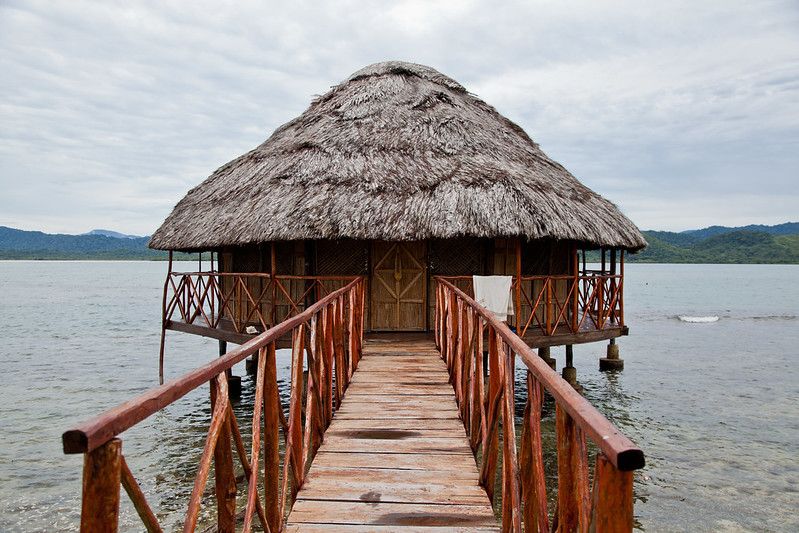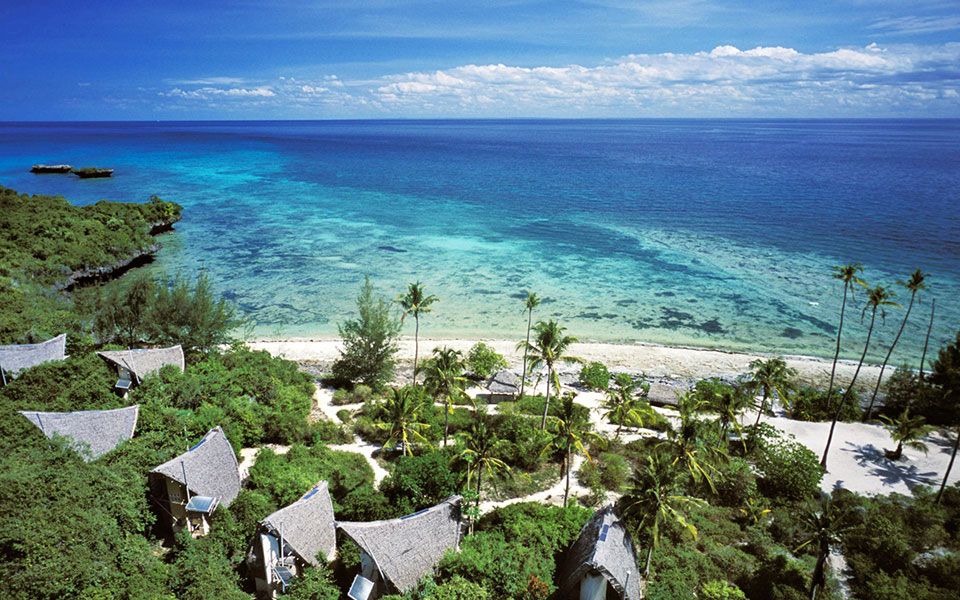The San Blas Islands of Panama is located north coast of the Isthmus of Panama and east of the Panama Canal. The islands are an archipelago with approximately 365 islands and cays. Only 49 of them are inhabited.
San Blas and its surrounding area is a haven for ecotourism because of its pristine environs. It’s a popular area for sailing, and it is known for its lack of hurricanes and for its beauty. Most popular locations in the Archipelago are Cayos Limones and Cayos Holandeses, the main capital El Porvenir, and the island village of Carti Sugtupu.
The San Blas Islands are the number #1 vacation destination in Panama. In 2011 the islands were renamed to Guna Yala, but it is still more popular by its old name. Its capital is El Porvenir. It is bounded on the north by the Caribbean Sea, on the south by the Darién Province and Emberá-Wounaan, on the east by Colombia,

Photo credit: Ben Kucinski / Flickr
How to get to San Blas
You have limited options to get to San Blas. You can either take a flight from Panama straight into the San Blas Islands, by helicopter or take a speedboat from Capurganá, or a sailing boat from Cartagena.
By helicopter is the most expensive but also safe and reliable way to access the corners of the archipelago.
Air Panama services Achutupu, Corazon de Jesus (Rio Diablo/Nargana), Mulatupo and Playon Chico.
The best way to get around in the San Blas area is by boat, you can visit different islands within the hour and enjoy the calm clear sea.

Photo credit: Juan Cristobal Zulueta / Flickr
Explore the colorful reef and plenty of sea life
Scuba diving is not allowed in the waters around the San Blas Islands, you can only see the sea life by snorkelling.
A snorkeling adventure will show you hundreds of colors underwater of San Blas Islands.
You will find lots of sharks, stingrays, zebrafish, starfish, squid, flying fish, jellyfish, crabs, lobsters, dolphins all around.

Photo credit: Ben Kucinski / Flickr
Ecolodge
You can find many eco-lodges from the local Guna people with perfect place to relax in a hammock, enjoy the sea breeze and the sound of the waves and birds.
Most of them are on uninhabited islands and feature plush sand beaches, hammocks, and offers rustic rooms built out of bamboo and board. There are a few hotels like the Coral Lodge, that offers a pool, bar & restaurant, amenities and AC rooms.

Photo credit: Ben Kucinski / Flickr
Hiking in the rainforest
One of the most famous islands in San Blas is Dog Island also known as Isla Perro in Panama. The Island was created when the waters of the Chagres River were dammed by the Gatun Dam to create the Gatun lake.
Isla Pelicano is another small island with a great beach and clear turquoise water. There is not a better place to do snorkeling in San Blas than there. There are no mosquitoes here and the wind is warm and the beach is clean.
Panama declared the islands as a national marine park, the largest of Central America and a year later UNESCO declared Coiba national marine park a World Heritage Site. The national park is home to the second-largest coral reef in the eastern Pacific, at Bahía Damas, and colorful fish, sharks, dolphins, manta rays, tuna, turtles and other marine species.
The rainforest is home to at least 36 species of mammals, including the endemic Coiba howler monkey, 39 species of reptiles, including saltwater crocodiles, over 147 species of birds with around 19 endemic subspecies. Coiba an unparalleled destination for discovering new species as in some of the San Blas Islands, you can find animals that are unknown to science.

Photo credit: Rita Willaert / Flickr
Get to know the local culture
The native people living on the San Blas islands are the Kuna Indians. They are a wonderful example of how indigenous people continue to flourish and practice their age old customs surrounded by the modern world. The Kuna Indians are very friendly with the tourists.
Not many of Kuna speak any English – it helps if you know some basic Spanish. There are only 50.000 live on the San Blas Islands.
Featured image photo credit: Alexander Schimmeck / Flickr
Want to learn more about Azures? Check our other posts:
Top 10 Things to Do in the Azores
11 Reasons Why You Should Visit the Azores






